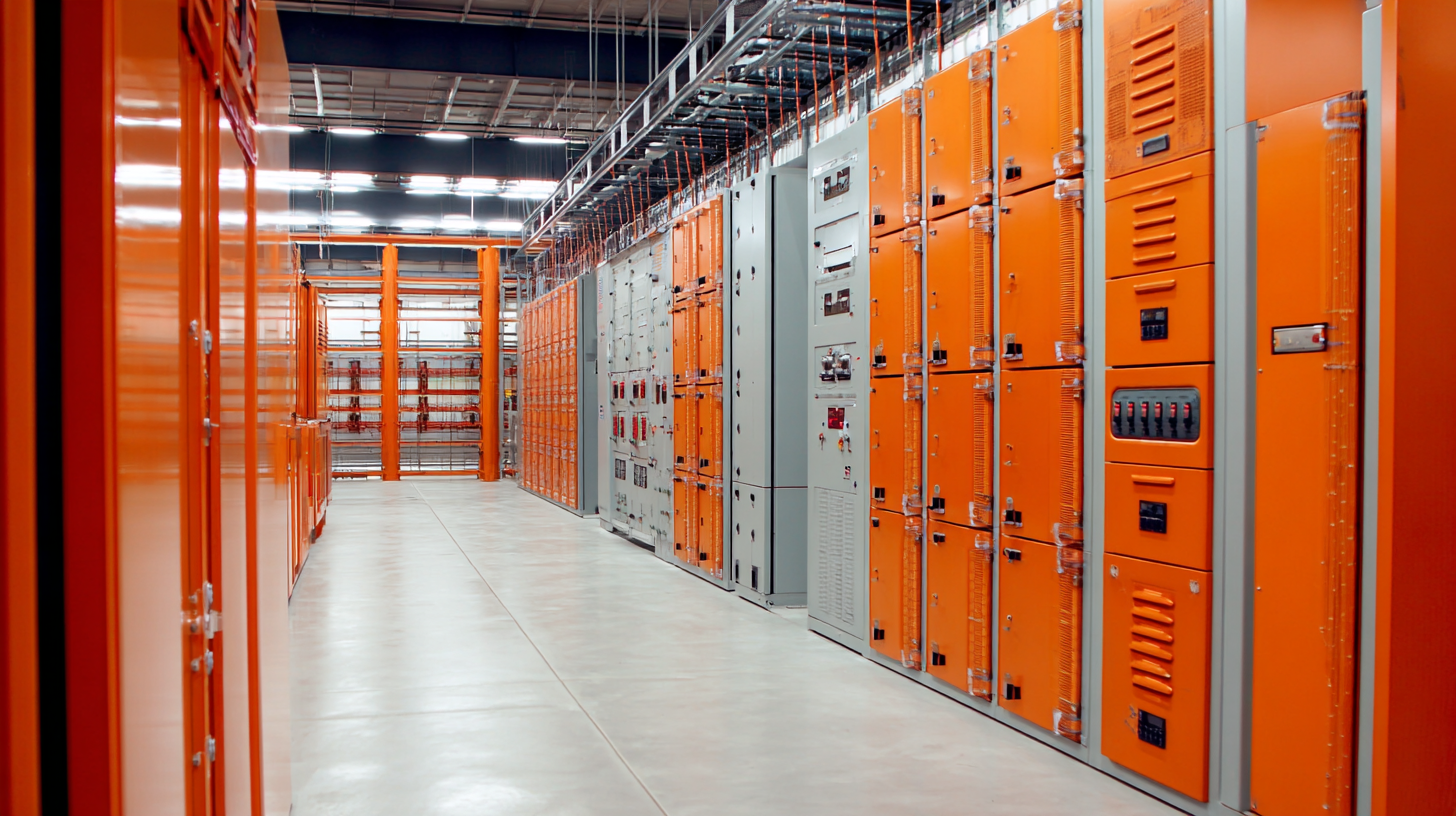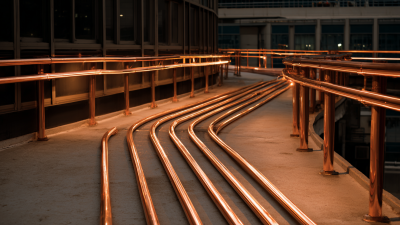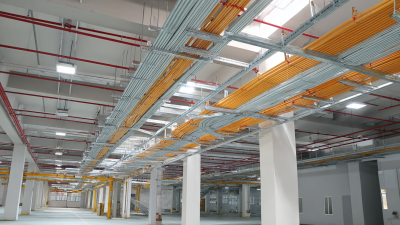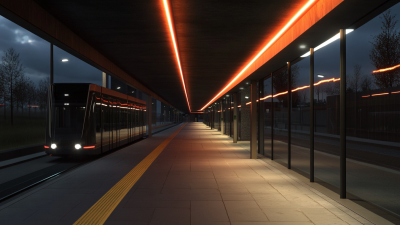Leave Your Message
-
Phone
-
E-mail
-
Whatsapp
-
Whatsapp


In today's fast-paced industrial landscape, choosing the right Copper Dense Busway for your business is crucial for ensuring efficiency, reliability, and 安全 in your electrical distribution systems. Copper Dense Busways are not only pivotal in minimizing energy loss but also in accommodating higher current capacities within limited space, making them an ideal solution for various applications. However, the selection process can be daunting, given the numerous factors to consider, such as power requirements, installation environment, and future expansion needs. This blog aims to provide you with five essential tips to navigate the complexities of selecting the appropriate Copper Dense Busway that aligns with your specific operational demands. By understanding these key aspects, you can make informed decisions that enhance both the performance and longevity of your electrical systems.
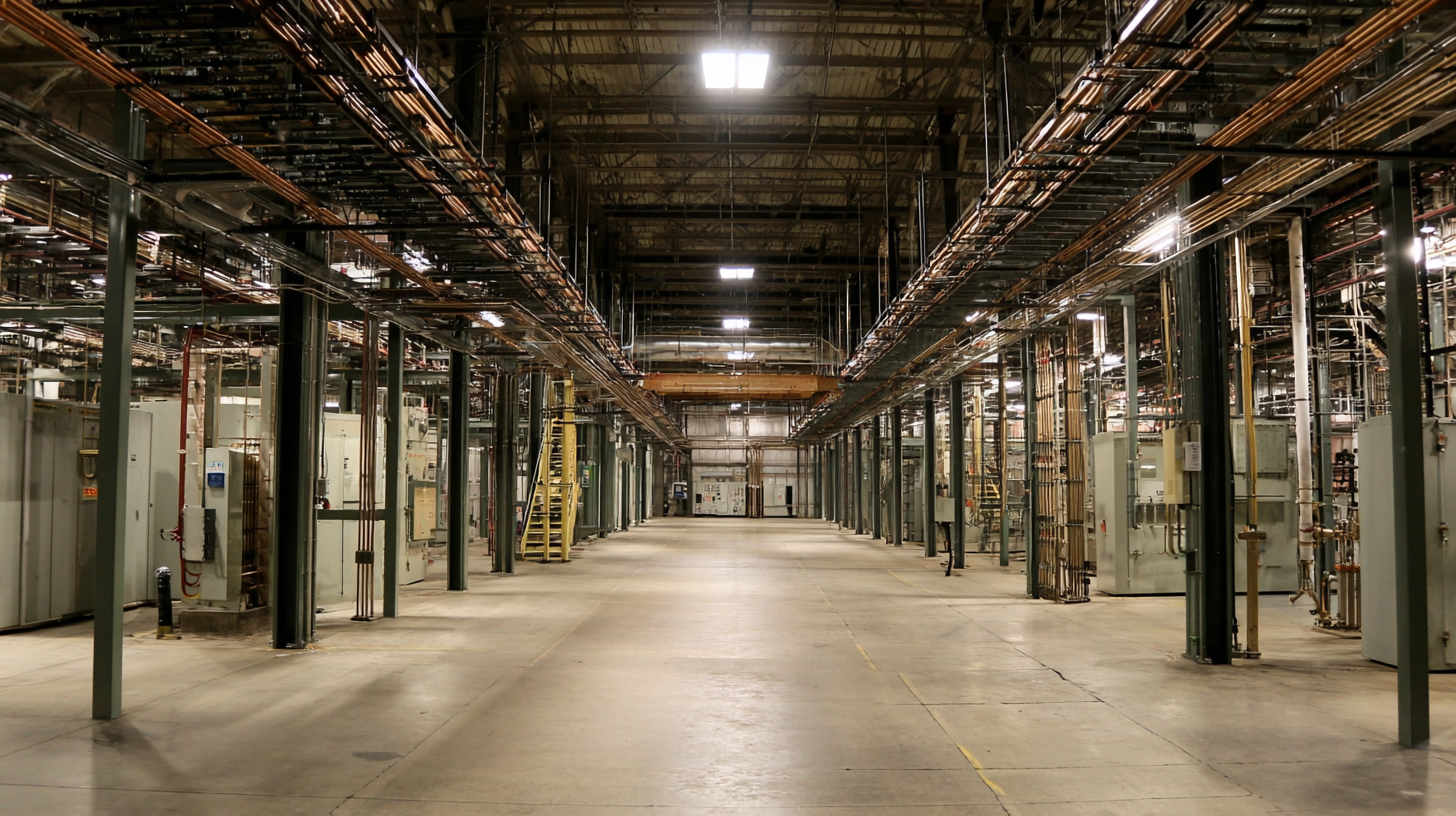
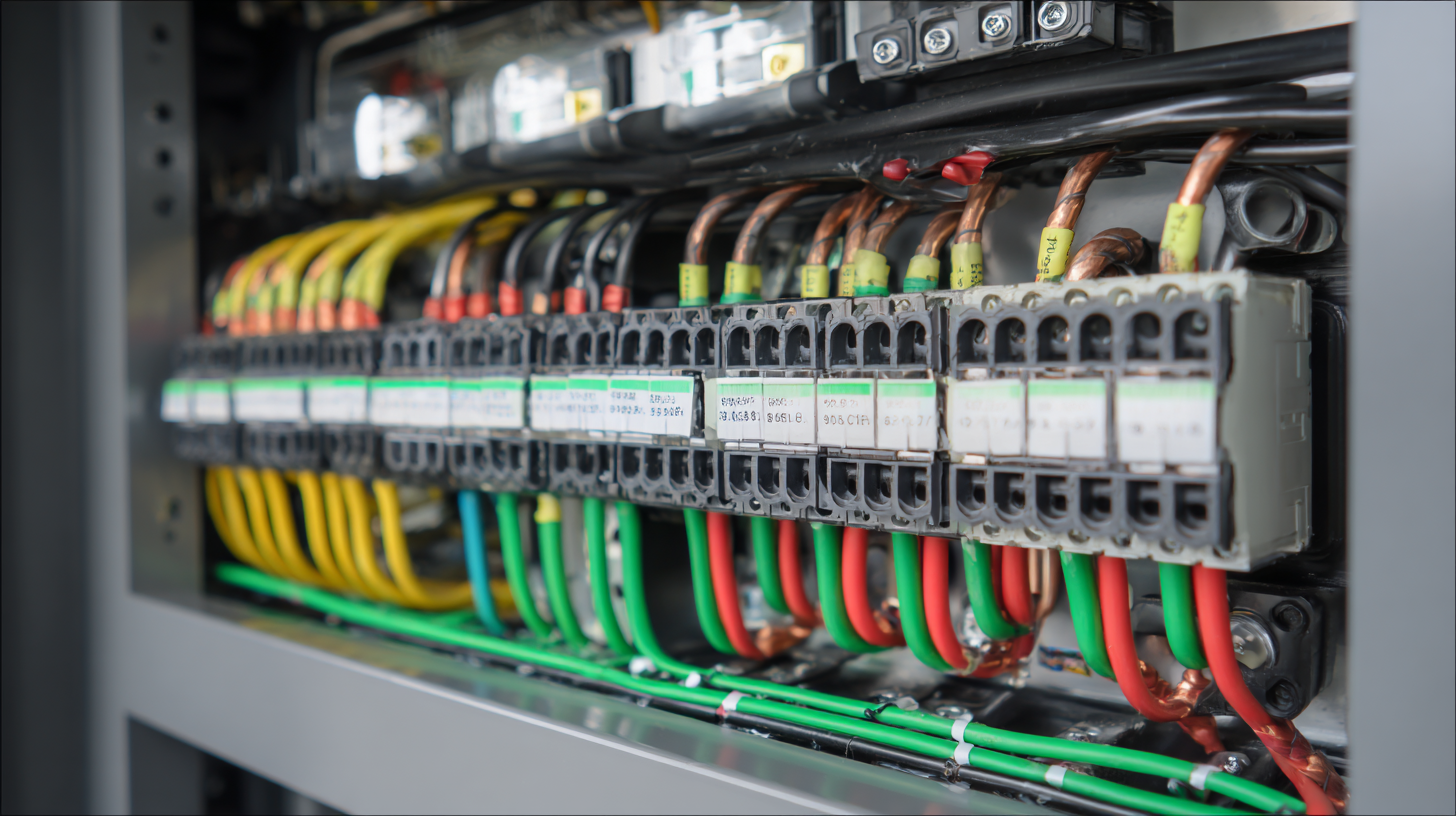 When selecting a copper dense busway system, understanding your power distribution requirements is critical. Begin by evaluating the total power load your facility will handle. This includes calculating both peak and continuous load demands, which will help determine the appropriate amperage capacity you need. Additionally, consider the environmental conditions where the busway will be installed, such as temperature extremes and potential exposure to moisture. These factors will influence the insulation and material specifications of the busway.
When selecting a copper dense busway system, understanding your power distribution requirements is critical. Begin by evaluating the total power load your facility will handle. This includes calculating both peak and continuous load demands, which will help determine the appropriate amperage capacity you need. Additionally, consider the environmental conditions where the busway will be installed, such as temperature extremes and potential exposure to moisture. These factors will influence the insulation and material specifications of the busway.
Next, assess the layout of your facility. A well-planned busway design should facilitate efficient power distribution while allowing future scalability. Think about the physical space available and whether you need a straight busway run or a more complex configuration that includes bends and tap-off points. Flexibility in the design will enable you to adapt your power distribution as your business grows and power requirements change. By combining an understanding of your current needs with forward-thinking design considerations, you can choose a copper dense busway that effectively supports your operational goals.
When evaluating the different types of copper dense busways available, the first consideration should be the specification and application of each type. Copper busways primarily differ in their design, capacity, and construction materials. For instance, some busways are engineered specifically for high current applications, while others may be tailored for lower voltage uses. Understanding the application requirements of your business will help pinpoint which busway design will deliver optimal performance and efficiency.
Another important aspect to consider is the installation process. Different types of copper dense busways have varying requirements in terms of space, supporting structure, and electrical connections. It’s crucial to analyze your facility's layout and determine how much room you have for installation. Additionally, ease of maintenance should be a key consideration; some designs allow for easier access to connections and components, which can save time and reduce downtime in a working environment. By carefully evaluating these factors, businesses can choose a copper dense busway that aligns with both current and future operational needs.
When selecting the right copper dense busway for your business needs, it's essential to focus on the key factors of size, capacity, and configuration. Size plays a critical role in ensuring that the busway fits seamlessly within your existing infrastructure. Underestimating the size can lead to installation challenges or inadequate performance. Therefore, conducting a thorough analysis of your space and future growth plans can help determine the most appropriate dimensions.
Capacity is another vital aspect to consider. It should align with your energy demands and ensure optimal operation. Recent studies have highlighted the importance of capacity configuration in various applications, such as the integration of energy storage systems and electric vehicle charging stations. This illustrates that a well-planned capacity strategy not only enhances efficiency but also maximizes resource utilization.
Furthermore, configuration involves understanding system integration, ensuring that the busway can accommodate various operational needs while supporting future load variations. With these considerations in mind, businesses can select a copper dense busway that meets both current demands and scalable future growth.
When considering a copper dense busway investment, budgeting is a crucial step that can significantly impact your business's overall financial health. First, evaluate the initial costs of purchasing and installing the busway system. Ensure you account for not only the materials themselves but also labor costs, potential upgrades to your infrastructure, and any additional equipment required for compatibility. Remember, while it may be tempting to opt for the cheapest option, investing in high-quality components can lead to lower maintenance costs and enhanced performance over time.
Additionally, consider the long-term operational costs associated with your copper dense busway. These costs include energy efficiency, which can affect your utility bills, and the lifespan of the equipment, which influences replacement timelines. Analyze how the busway will accommodate future expansion, as investing in a scalable solution may minimize future expenditures. By meticulously planning your budget around both immediate and ongoing costs, you position your business to benefit from a sustainable and efficient power distribution system that aligns with your operational needs.
When selecting a copper dense busway for your business, ensuring compliance with safety standards and industry regulations is paramount. Industrial applications, particularly in sectors like manufacturing and process automation, must adhere to stringent guidelines to mitigate hazards and ensure operational efficiency. The right busway not only needs to deliver superior electrical performance but also align with regulations such as UL and IEC standards, which govern electrical safety and performance.
In today’s fast-paced industrial environment, integrating copper busways with advanced technologies is essential. For instance, using industrial Ethernet switches designed for PROFINET networks can enhance communication and automation in process industries, demonstrating the convergence of electrical systems and digital networking. This synergy allows businesses to not only meet compliance requirements but also improve overall productivity.
Tip: When evaluating copper dense busways, consult the latest industry reports that detail the efficacy of specific products. Look for documentation on compliance with safety standards to ensure that the busway will meet or exceed your operational requirements. Additionally, working closely with manufacturers or suppliers who are knowledgeable about industry regulations can provide insights critical for your project’s success.
